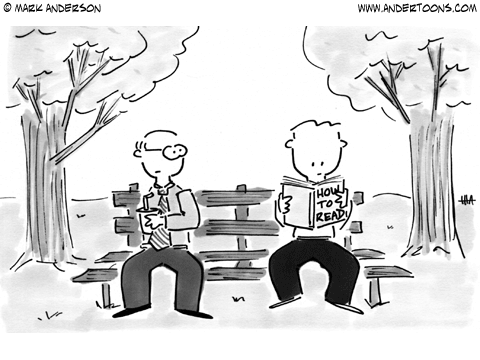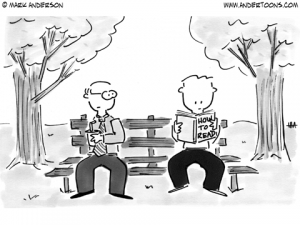
Reading Habits Statistics : Who Reads eBooks?
 Reading Habits Statistics : Who Reads eBooks?
Reading Habits Statistics : Who Reads eBooks?
By Patricia de Hemricourt
As we saw last week, the penetration rate of ebooks in the US is currently reaching about 20% of the population. Now, that is a steep increase from the 2.7% penetration rate of 2009, and it is still growing.
So, who are those early adopters? Lets have a look at the reading habit statistics below to find out.
First, let’s have a look at the economic brackets that can technically access ebooks, as they can afford to by ereading device

You will find more statistics at Statista
To nobody’s surprise, it seems that the wealthier segments of the population are more likely to have purchased an ereading device. in practical terms, it means that if your target audience is the lower earning bracket, publishing your book in print format is the only way you will be able to reach your audience. Sadly, only 44% of the wealthiest among us feel that digital books are worth the cost of purchasing an ereading device, thought their number is growing fast, as it does in all economic segments.
Second, let’s look at their age and which age group are catching up faster.

You will find more statistics at Statista
Teenagers and their parents are the fastest growing segment, followed by the grand parents. The growth of the older segment is a direct result of the ability to enlarge fonts on ereader devices, a welcome bonus in a population segment with dwindling eyesight.
The growth in teenager habits is the result of the penetration growth of ereaders in that segment of the population. The steep growth in the 30-49 section is partly due to the increased penetration rate of ereaders, but is not entirely explained by it, so there are other factors that still need to be identified.
The above table about reading habits statistics has to be read in parallel with general book reading habits, regardless of the support, print, audio or digital as shown on the table below

You will find more statistics at Statista
As you can see, teenagers are the most voracious readers, so the sharp increase in their ebook reading habits is consistent with the device penetration rate in that segment of the population. It seems the reading population decreases steadily with age. The 30-49 segment (showing up as 2011 on this graph) disproportionate increase in ebook reading between 2011 and 2012 can therefore not be a result of a sudden hunger for literature.
As for the older generation, they might read proportionally less than the rest of the population, but those who read certainly appreciate reading ebooks.
Then of course, we have the gender divide

You will find more statistics at Statista
Reading habit statistics over the last decades consistently indicate that women read on average more than men. So, though there wer a bit slower than their men counterpart in opting for ebooks, they are catching up fast and women ebook readers jumped from 20% of women to 31% in a single year, whilst their male counterpart seem to be registering a slower growth. Factor behind that gender divide include the traditional earlier adoption rate of technological device by the male population and might even out in the future, time will tell.
to be included in the above reading habits statistics, respondents only had to have read at least one book in the preceding 12 months. There was no upper limits to the number of books they have read. One book or a thousand, they all qualified as readers.
So, how many books do adult Americans read in a given year?

You will find more statistics at Statista
Sadly, these reading habits statistics show that the overall proportion on non-readers seem to have jumped up just as the ebook came of age.
The number of book read in a given year seem to vary wildly from one year to the next. Though some variation can be explained by readers moving from one category to another, whether because they read more or less, there are other factors behind these variations, but those are not identified in the study.
So, again, ebooks might be increasingly popular, but print books are still a must to reach the majority of your potential audience.